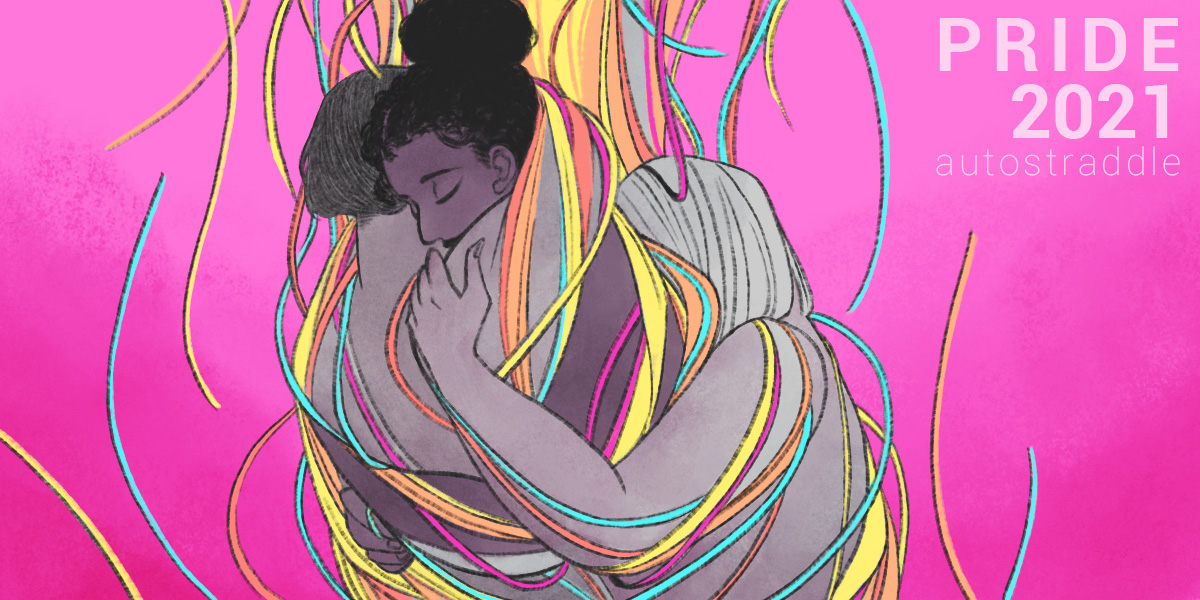
We’re taking some time this Pride to look out for ourselves and each other, with the intentionality and respect we all deserve. What do we really need right now? How can we show up for each other? How can we celebrate the resilience of this community while still making space for our own rest? How do we honestly feel about Pride?
At the end of May, New York City allowed restaurants, museums, and theaters to return to full capacity. The move sparked excitement amongst many of my peers because venues would be open in time for Pride month. I, on the other hand, was worried I’d be more socially isolated than I was in quarantine.
Growing up in Manhattan, I was aware the city was home to a historic gay community, but was too closeted to seek it out. Coming out as queer in college and trans soon after, I moved back to Brooklyn eager to finally be a part of it. For a brief period of time, I was. I began forming a great group of friends and had access to more LGBTQ events than I knew what to do with. I felt, given some time, I could build a really meaningful and special community for myself.
Six months after moving back to the city, I scheduled what I thought would be a simple sinus procedure. A few weeks after the surgery, I got my first migraine. My surgeon told me it was most likely a minor complication from the procedure, and the pain would be gone within a few days. That didn’t happen. After three months, my health leave expired and I was forced to quit my job. A few months later, I was diagnosed with status migrainosus, a type of chronic pain condition.
My friends came to visit occasionally when I was first diagnosed. I couldn’t fully engage in conversation so the visits were short, and I was completely drained of all my energy after they left. Even still, those brief visits, messages of well wishes and care packages were meaningful. It was nice to know that I had a group of people who cared and wanted me to get better.
However, once the newness of my condition wore off, so did the comforting nature of my friends’ visits. When my chronic pain seemed impermanent, it was exciting to hear about the queer astrology bar they had discovered in Brooklyn or the LGBTQ open mic night that they couldn’t wait to take me to. It gave me something to look forward to. After two years of having daily migraines with the pain showing no signs of dissipating, their updates were a reminder of a life and community I might never be able to be part of again. From then on, I started distancing myself from my friends. The loneliness, although crippling, seemed more bearable than facing the truth: my life would never go back to what it once was.
My reality was turned upside-down yet again when the coronavirus hit and the stay-at-home order was put in place. The worry and anxiety about the well-being of myself and my family was expected. What I didn’t expect, however, was that quarantine would bring a mass-migration to video-conferencing that would change my life. Within less than a month, LGBTQ happy hours, comedy shows, concerts, even dance parties were all accessible to me online. I didn’t have to waste energy commuting on the noisy subway and if my migraine started feeling particularly painful in the middle of an event, I could just log out of Zoom and make the 30-second commute from my living room to my bed. Amongst all the turmoil, this felt like an unbelievable stroke of luck. At 26, I had access to all the events I had desperately wanted to attend at 23.
I knew participating in LGBTQ Zoom events wouldn’t magically cure me of my loneliness, nor would it make it easy to reconnect with friends I hadn’t spoken to in years. Even so, it was amazing to be a part of something larger than myself. Being able to attend a queer comedy show or live-stream a trans protest reaffirmed my sense of belonging to a community I thought I could no longer be a part of. It allowed me to realize that, as a queer disabled person, I can and deserve to have LGBTQ events that are accessible to me. Furthermore, while my social life might never look the same as it was before, it doesn’t mean it can’t exist.
Many events have begun to shift offline again since the coronavirus vaccine was made available to New Yorkers over the age of 16. The swift change has made me realize that Zoom events were merely an incidental byproduct of Covid-19 and not a concerted effort to include queer folks with disabilities, and I worry online events will be completely discarded as things open up.
But what if that didn’t have to be the case? Now that many people know how to socialize virtually, it would be easy to add a remote element to in-person gatherings. This Pride month, New York City organizers, like those from the Queer Liberation March in New York, have already committed to live-streaming all of their 2021 Pride events. The New York City Pride March is also broadcasting live . Having these virtual options available is important for me and the millions of other people with disabilities, so I sincerely hope that many organizers chose to prioritize queer disabled folks and keep these virtual options available for Pride month and beyond.



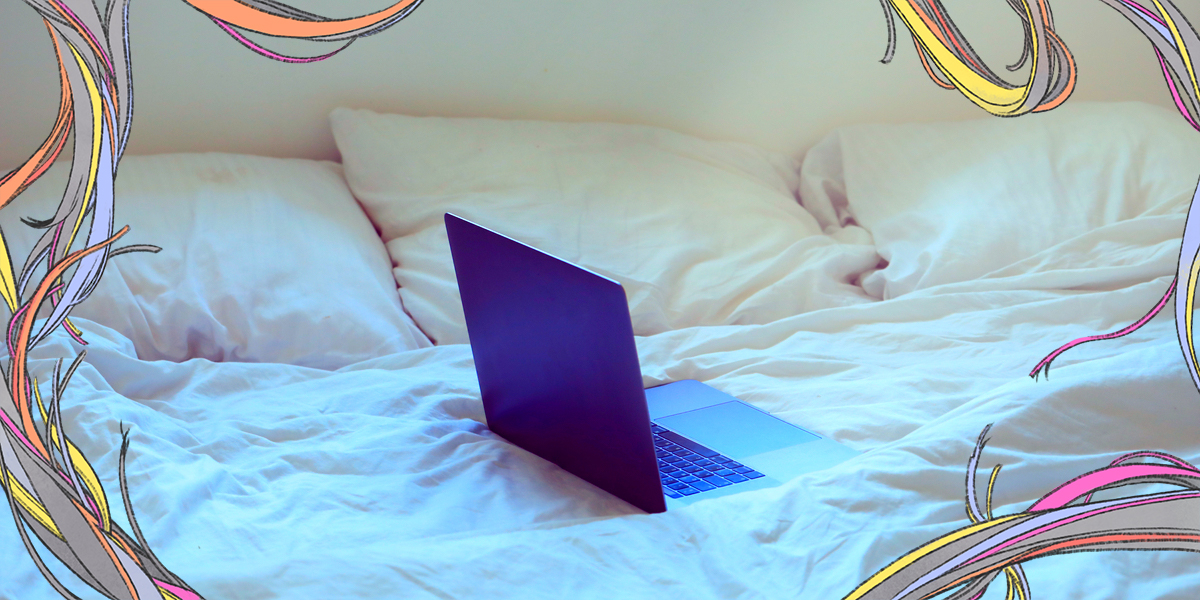
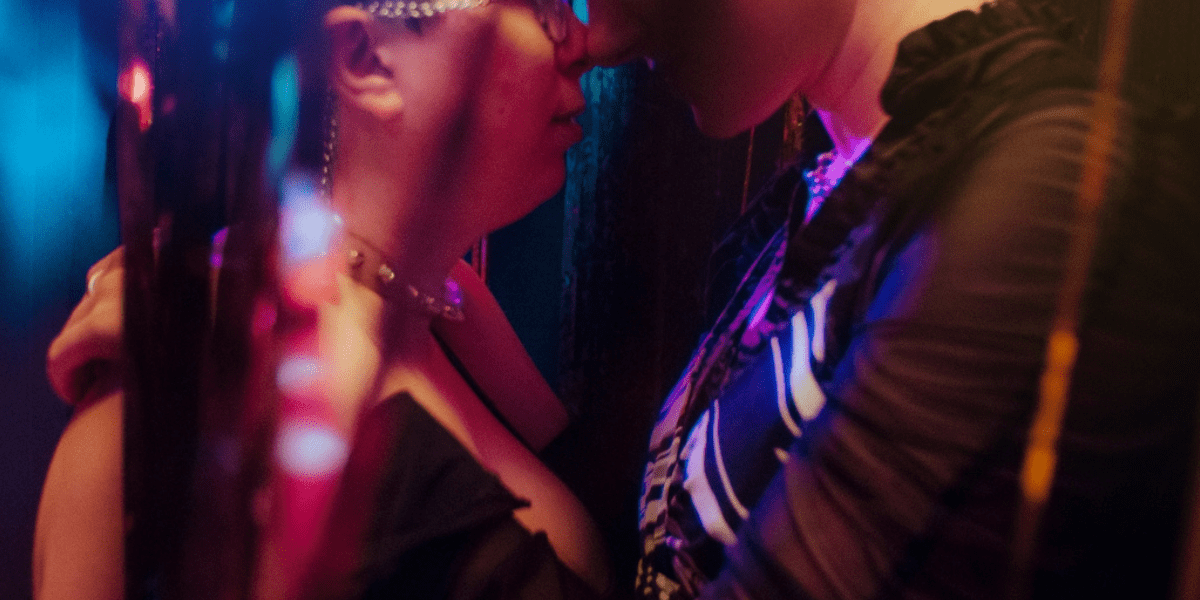

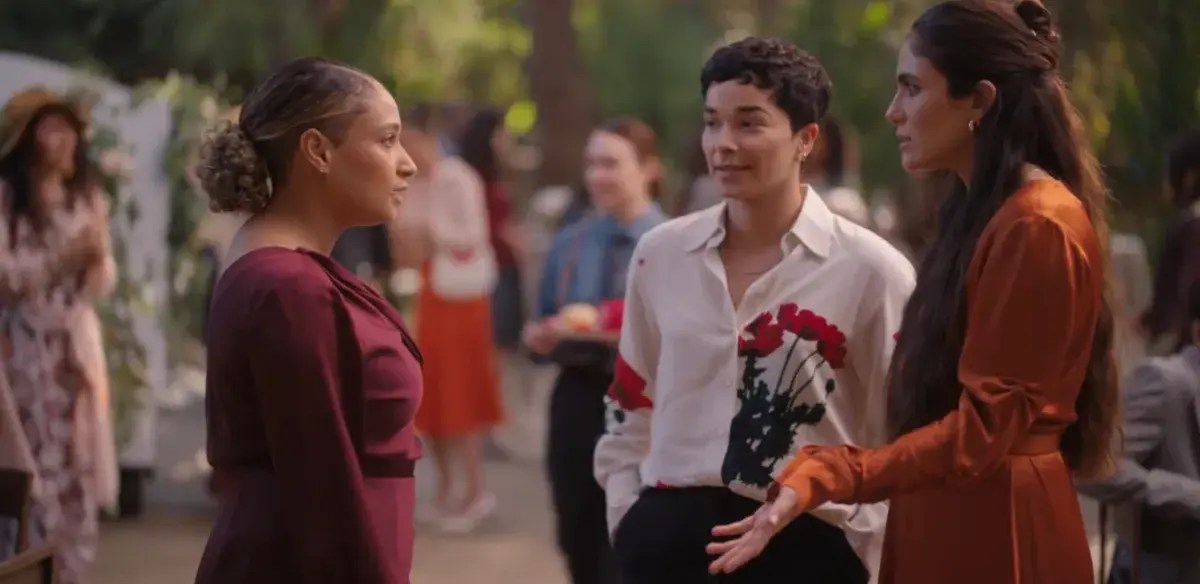
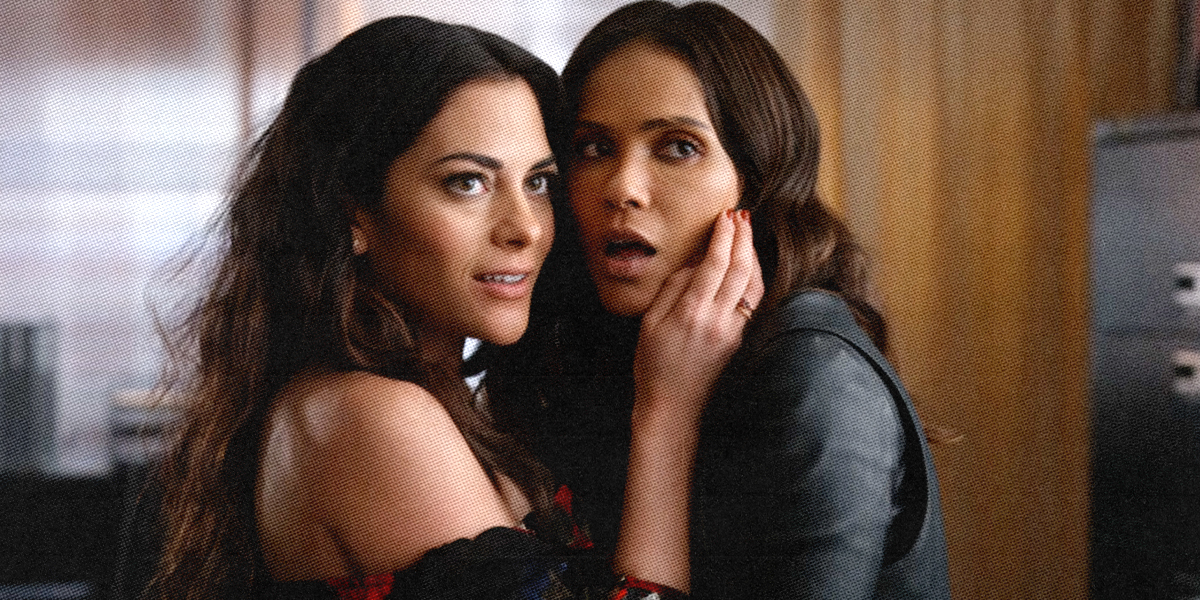
Comments
I’m disabled and was mostly housebound before Covid. Having events online has been amazing. I have missed community so much. I really hope our abled members continue to support us to Zoom in.
i hear this! seeing how easy it was for so many jobs to become remote, and how quickly captioning and other accommodations have become the norm, has left me feeling such a mishmash. on the one hand, it’s about fucking time, i’m so grateful i can participate fully in so many more things! on the other hand it was that easy? and it took this long?
thank you for sharing your thoughts, kate!
I hope so, too! As glad as I am for vaccines to be developed quickly, I do worry that a lot of Americans reaction to this past year that it was a weird blip instead of an opportunity to make some well-needed accessibility changes.
I really hope that the accessibility barriers that were removed because of the pandemic don’t go away. I fear that folks have short memories, but our community is better for everyone when we take the time and see the benefits of making our events accessible.
Love this! Being able to attend things from home and also whilst lying down has been so helpful.
This. I’m pretty much housebound. I had more of a life this past year than I had in the past 5 years.
Kate, from your lips to Godz ears “I sincerely hope that many organizers chose to prioritize queer disabled folks and keep these virtual options available for Pride month and beyond.” —
As a person with severe arthritis, married to an “indoorsy” spouse, I cannot tell you how many queer events were just not available to me before COVID. Since COVID, I have been to:
One virtual Pride event
4 Queer Burlesque shows
4 online dance parties.
6 first-run movies…
I have done more in a year than in 10. Organizers, please, please, please keep virtual events open – as an addition to live events – we are willing to pay, if you offer it.
I feel so awkward saying this, but I have found that online stuff and zoom is basically useless for me. Sure, technically, I *can* participate, but it is so stressful and draining for me that even though I have physical limitation that drastically limit how and how much I socialize, I would rather attend nothing than the online stuff.
I don’t want to limit the access that other people have found or denigrate it in anyway, but this increase in access is not the only disability experience of the last year and a half. I hate hate hate that I feel like I have to disclose stuff about myself that I do not want to in order anyone to take my comments or needs seriously, even if only because it’s isn’t intuitive how online or hybrid events could be a problem for some people. I have ADHD and for me, that means that the auditory processing and visual attention burden of the remote participation is awful. What I had found before the pandemic was that even though events that were a mix of in-person and online sounded like they should have been great, it was incredibly hard and draining for me even when I was there in person, sometimes to the point where I could not participate in any meaningful way. There are also any number of trauma related reasons that someone might feel uncomfortable or be unsafe attending livestreamed or recorded events.
I am hoping that in the conversations around access that we very much need to be having, we can start talking about how there are conflicting accessibility needs. There is no such thing as a single event that can be workable for everyone. Physical access needs are important, psych/ neuro access needs are important, as is acknowledging how many people have valid access needs that may not conform to assumptions and are present long before a diagnosis or justification that they feel comfortable disclosing.
None of this is directed at the author or anyone commenting on how much more connected they have been. I want to make sure that the kind of experience I had is included in this conversation and that accessibility is never reduced to “just put it online.”
Hey Cosmo, I’m the author of this story! I totally agree that the disability community is not monolithic — and accessibility options need to be able to reflect that. Thanks so much for the comment, and for making me re-evaluate what ‘accessibility’ can and should mean for disabled folks.